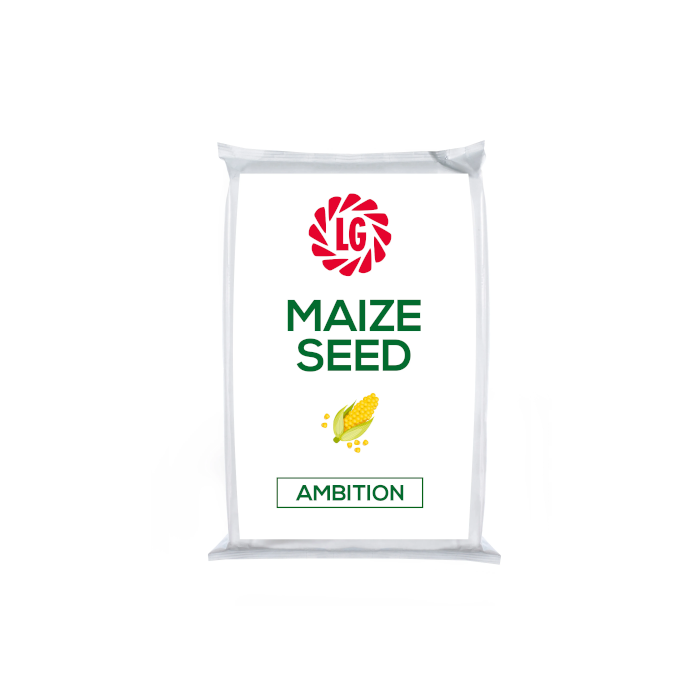LG Ambition Korit Pro RedigoM Maize Seed
SKU
45541
VAT FREE
Combines high dry matter yield with improved cell wall digestibility to deliver high ME yields.
| Rel DM Yield (%) | Starch Yield (t/ha) | ME Yield (x1,000s MJ/ha) | Standing 1-9 | FAO | DM% at harvest | Eyespot Rating (1-9) |
| 99 | 6.32 | 208 | 7.9 | 170 | 35.2 | 6.3 |
| Weight | 10.000000 |
|---|---|
| Brand | LG Seeds |
| Selling Unit of Measure | PACK |
| Decimal Places Qtys | 4 |
Write Your Own Review













